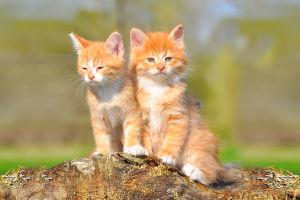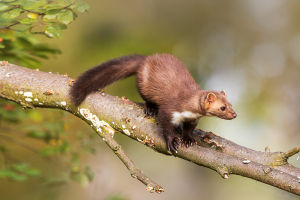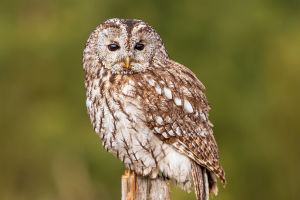When we think of foxes, the red fox is often the first image that comes to mind. This iconic creature, with its sleek reddish fur and bushy tail, is the largest and most widespread species of the fox family.
It has made its home across vast regions of North America, Europe, and Asia, even reaching parts of North Africa. Unlike many animals facing habitat loss, the red fox has thrived alongside human expansion, making it a true survival expert.
A Natural Explorer
One of the reasons we see red foxes in so many places is their adaptability. Over time, they have expanded their range far beyond their original habitats. While they are native to the Northern Hemisphere, humans have introduced them to Australia, where they have become an ecological concern. Due to their impact on local wildlife, the red fox is now listed among the world’s top 100 most invasive species.
The Evolution of the Red Fox
The ancestors of today’s red fox were much smaller and lived in Eurasia during the Villafranchian period. After the last Ice Age, these foxes spread into North America, where they gradually evolved to their current form. What sets red foxes apart from their relatives is their specialization in hunting and their remarkable ability to adapt. Though most have the classic reddish coat, some individuals are born with white or black fur due to genetic variations.
A Diverse Family
Currently, scientists recognize 45 subspecies of the red fox, divided into two major groups. The larger northern foxes inhabit colder climates, while the smaller southern foxes are found in desert regions of Asia and North Africa. Despite differences in size and coat color, all red foxes share similar behaviors and intelligence, which help them survive in various environments.
Life in a Fox Family
Red foxes are social creatures, but they don’t live in large packs like wolves. Instead, they form small family units. A typical group consists of a mated pair and their young or a male fox with several closely related females. Interestingly, young foxes often rely on their parents for help in raising their own offspring, creating a cooperative family dynamic.
A Skilled Hunter
Foxes have a well-rounded diet, making them excellent opportunistic hunters. Their primary food source is rodents, but they also hunt rabbits, squirrels, birds, and even small deer fawns. They don’t stop at meat, though—they enjoy fruits and plants as well, showing their adaptability in finding food. This varied diet allows them to thrive in different environments, from dense forests to urban parks.
Predators and Dangers
Although red foxes are skilled at avoiding threats, they still have natural predators. Larger carnivores, such as wolves, coyotes, and jackals, pose significant dangers. Big cats and birds of prey, like golden eagles and eagle owls, can also be a serious threat, especially to younger foxes. Despite these dangers, their intelligence and agility help them evade many predators.
A Long History with Humans
Humans and red foxes have shared a complicated relationship for centuries. In many cultures, foxes appear in folklore, often portrayed as cunning tricksters. Historically, people have hunted them for their fur, making them an important part of the fur trade. However, as human settlements expand, foxes have adapted to urban life, learning to navigate cities and suburbs with ease.
Foxes in Modern Times
Today, red foxes continue to thrive, proving that they are one of nature’s greatest survivors. In some regions, scientists have even successfully domesticated red foxes, creating tame companions through selective breeding. Despite their historical reputation as nuisances, these intelligent animals have shown an incredible ability to live alongside humans.
What Do You Think?
The red fox is a fascinating animal, admired for its intelligence and resilience. Have you ever seen one in the wild? Do you think they are a symbol of nature’s adaptability or a growing concern in some regions? Let’s share our thoughts and stories about these clever creatures!


